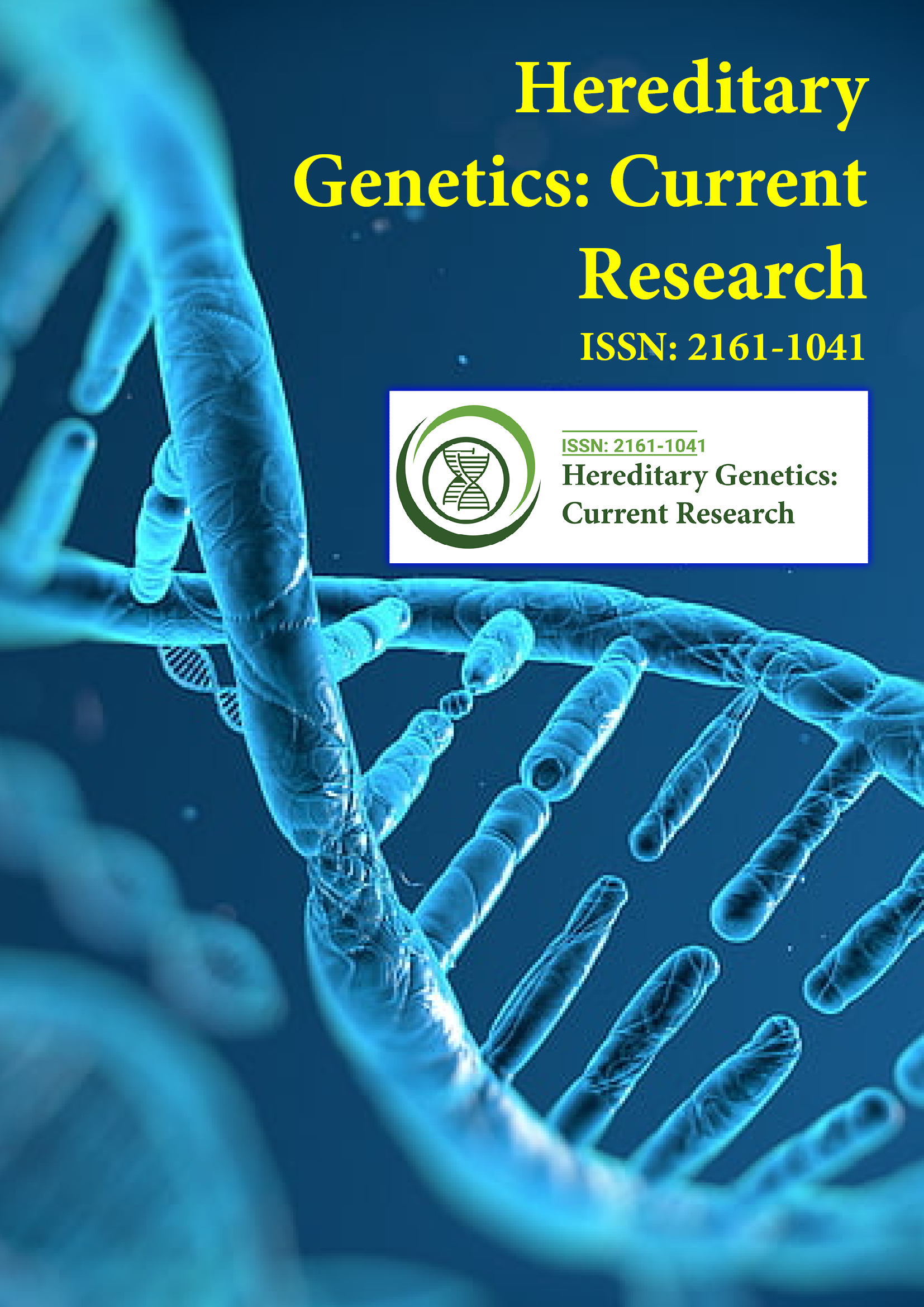Indiziert in
- Öffnen Sie das J-Tor
- Genamics JournalSeek
- CiteFactor
- RefSeek
- Hamdard-Universität
- EBSCO AZ
- NSD – Norwegisches Zentrum für Forschungsdaten
- OCLC – WorldCat
- Publons
- Genfer Stiftung für medizinische Ausbildung und Forschung
- Euro-Pub
- Google Scholar
Nützliche Links
Teile diese Seite
Zeitschriftenflyer

Open-Access-Zeitschriften
- Allgemeine Wissenschaft
- Biochemie
- Bioinformatik und Systembiologie
- Chemie
- Genetik und Molekularbiologie
- Immunologie und Mikrobiologie
- Klinische Wissenschaften
- Krankenpflege und Gesundheitsfürsorge
- Landwirtschaft und Aquakultur
- Lebensmittel & Ernährung
- Maschinenbau
- Materialwissenschaften
- Medizinische Wissenschaften
- Neurowissenschaften und Psychologie
- Pharmazeutische Wissenschaften
- Umweltwissenschaften
- Veterinärwissenschaften
- Wirtschaft & Management
Abstrakt
Einbau eines an CuInS2-Quantenpunkte gekoppelten Azurins aus Pseudomonas fluorescens 198 als Photosensibilisator in Grätzel-Zellen
Carolina Paz Quezada, Carolina Arriaza-Echanes, Giovanna Anziani-Ostuni, Manuel Isaías Osorio, José Manuel Pérez Donoso
Zusammenfassung:
DieSonne ist die sauberste, reichlichste und verfügbareste Quelle erneuerbarer Energie. Solarzellen der ersten Generation ermöglichen die Umwandlung von Sonnenstrahlung in Elektrizität mit einem Wirkungsgrad von ca. 25 %. Dennoch entwickelt sich der Photovoltaikmarkt weiter, um Produktionskosten, Wirkungsgrad und Nachhaltigkeit zu verbessern. Solarzellen der neuen Generation werden mit verschiedenen Molekülen wie Farbstoffen und Nanopartikeln sensibilisiert. In jüngster Zeit wurden auch Proteine als Photosensibilisatoren getestet. In dieser Studie wird ein Redoxprotein (Azurin), das an CuInS2-Quantenpunkte (QDs) gekoppelt ist, als Photosensibilisator in einer Grätzel-Solarzelle verwendet. Das Azurin-Gen wurde im Genom eines Stamms aus unserer Sammlung antarktischer Bakterien (Pseudomonas fluorescens 198) identifiziert. Dieses Gen wurde geklont und in E. coli überexprimiert, und das His-Tag-gereinigte Azurin + CuInS2-QDs wurden in eine sensibilisierte Solarzelle eingebaut, wobei TiO2 als Anode und Pt als Gegenelektrode verwendet wurden. In unserem Labor wurden biomimetische und biosynthetisierte Nanopartikel von CdS und CuInS2 u. a. erfolgreich als Photosensibilisatoren eingesetzt. Vorstudien haben eine Steigerung der Effizienz um 56 % gezeigt, wenn das Azurin in die Zelle eingebaut wird, im Vergleich zu der nur mit CuInS2-QDs sensibilisierten Zelle. Die Effizienz wird auch verbessert, wenn CdS-QDs an das Azurin gekoppelt werden (42 %). Die stabilste Ausrichtung des His-Tag-Azurins in der TiO2-Schicht wird durch hybride Quantenmechanik-/Molekularmechanik-Berechnungen (QM/MM) untersucht, um festzustellen, ob eine bestimmte Position den Elektronentransfer zur Anode begünstigt. Dieses Projekt wird durch die FONDECYT-Zuschüsse 3170718 und INACH RT_26-16 unterstützt.